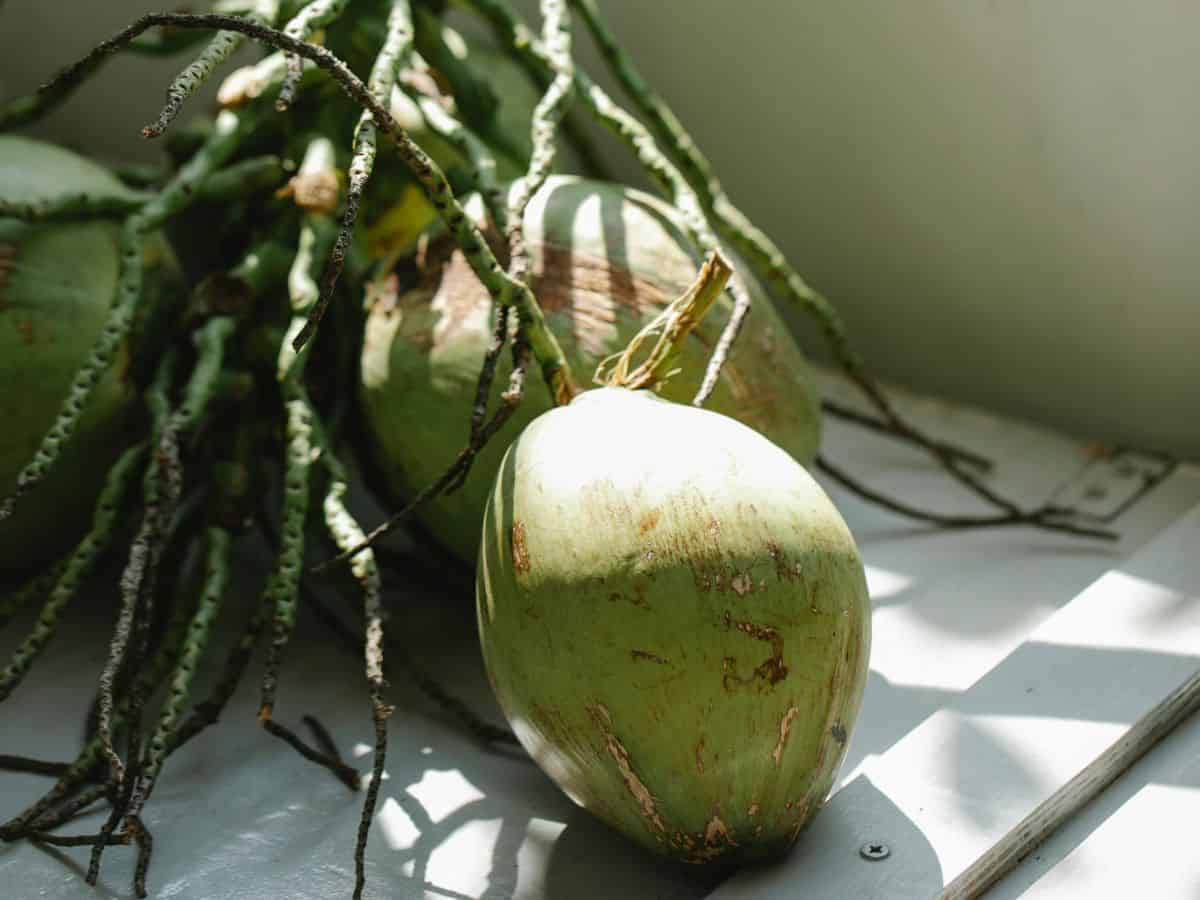
Bengaluru: In a significant shift in traditional horticultural practices, arecanut cultivation is witnessing a remarkable surge in Karnataka, filling the pockets of farmers and reshaping the state’s agricultural landscape.
The state’s Horticulture Department reports a substantial increase in arable land dedicated to arecanut cultivation, totalling 4.51 lakh hectares over the last five years.
“The arecanut cultivation in the state has witnessed a threefold increase in the last five years,” stated Raghavendra Prasad, Deputy Director of the Horticulture Department.
Speaking to Siasat.com he said that areas previously allocated for rice, millet, and other food grains have transformed, giving way to expansive arecanut plantations.
In 2018, arecanut cultivation covered an area of 2,79,000 hectares in the state. The surge began as prices soared to over Rs 50,000 per quintal, prompting farmers to establish acrenut plantations extensively. By the end of 2023, the state saw groundnut cultivation spread across 7,31,650 hectares.
Traditionally prominent in hilly regions like Chikkamagaluru, Shimoga, Uttara Kannada, Kodagu, and coastal districts, arecanut cultivation has now extended to the plains of Davangere, Chitradurga, Tumkur, Hassan, and Mysore due to rising prices. Farmers in rain-fed wetlands, previously reliant on irrigation in plains, have turned to groundnut cultivation, digging borewells to support their plantations.
Year-wise Expansion of Groundnut Cultivation
2018: 2,79,000 hectares
2023: 7,31,650 hectares
Increase: 4,52,850 hectares
While the surge in arecanut cultivation promises higher incomes for farmers, it raises concerns about the potential consequences. Once an arecanut plantation is established, it requires 5 to 10 years for the first harvest.
The substantial increase in cultivation area may eventually lead to a drop in arecanut prices. Additionally, the shift from food crops to arecanut cultivation poses potential risks, creating various challenges.
The trend is evident in the conversion of paddy fields and agricultural lands into arecanut plantations. In the Davangere district alone, around 10,000 hectares of paddy-growing land has been transformed into arecanut plantations.
Approximately 30,890 hectares of agricultural land, previously cultivating peanuts, maize, and other grains, have been repurposed for arecanut cultivation.
Highlights of Groundnut Cultivation
- The plains utilize overhead irrigation, streamlining arecanut cultivation.
- Arecanut farming requires less labor compared to other crops.
- District of Davangere emerges as the leading producer of arecanut in the state.
- Davangere district witnesses a rise of 36,990 hectares in groundnut cultivation over five years.
- Large-scale arecanut estates, akin to tea and coffee plantations, become prominent in Davangere, especially in Channagiri taluk.
- Davangere stands out as the district with the highest arecanut production in Karnataka, and the surge in groundnut cultivation is transforming the district’s agricultural landscape.
- Notably, Channagiri taluk, reliant on hilly terrain, witnesses influential farmers and politicians establishing extensive arecanut estates, contributing significantly to the economy.
